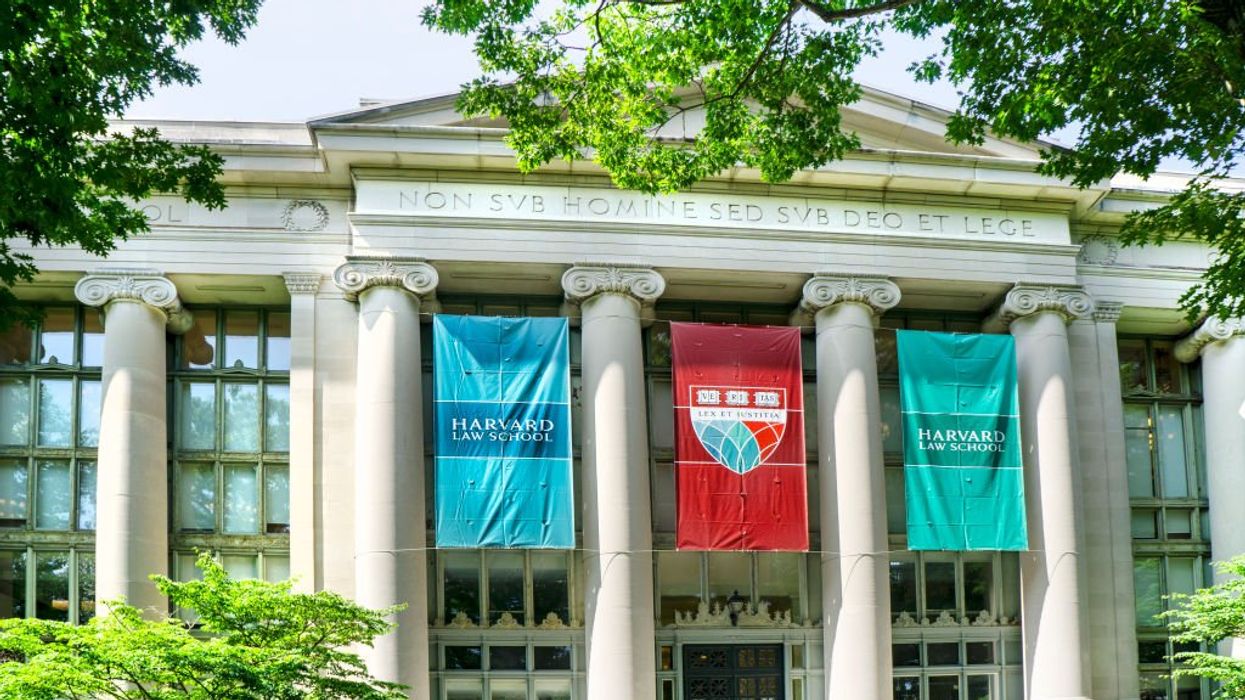© 2025 Blaze Media LLC. All rights reserved.

The realization that fear in the United States following 9/11 would still resonate for years to come, materialized in the moths following the attacks when anthrax, an infectious disease used as a biological weapon, was passed through everyday mail infecting 22 people and killing five. Ten years later, scientists are coming out publicly and in a new PBS "Frontline" investigation to question if the sole perpetrator or perpetrators of the crime had really been captured by the U.S. government.
Troubled microbiologist Bruce Ivins was zeroed in by the FBI as the prime suspect for the crime, but killed himself in 2008. The PBS special, which is to air Tuesday at 9:00p.m., reveals that FBI consultants on the case now "admit that the agency overstated its evidence and never found a smoking gun to prove the researcher's guilt."
When news of the attack first broke, Ivins volunteered to aid the FBI in it's investigation. Ivins took his own life through a pill overdose seven years later, after learning that federal investigators planned to file a case against him for the crimes. PBS notes that after his death, investigators said years of cutting-edge DNA analysis had proved that his spores were “effectively the murder weapon.” However:
"But newly available documents and the accounts of Ivins’ former colleagues shed fresh light on the evidence and, while they don’t exonerate Ivins, are at odds with some of the science and circumstantial evidence that the government said would have convicted him of capital crimes. While prosecutors continue to vehemently defend their case, even some of the government’s science consultants wonder whether the real killer is still at large."
The PBS special is set to air two days prior to a New York Times story published Sunday, revealing that three scientists are set to release a paper in the upcoming issue of the Journal of Bioterrorism & Biodefense, where they "argue that distinctive chemicals found in the dried anthrax spores — including the unexpected presence of tin — point to a high degree of manufacturing skill, contrary to federal reassurances that the attack germs were unsophisticated." The Times further writes that:
"F.B.I. documents reviewed by The New York Times show that bureau scientists focused on tin early in their eight-year investigation, calling it an 'element of interest' and a potentially critical clue to the criminal case. They later dropped their lengthy inquiry, never mentioned tin publicly and never offered any detailed account of how they thought the powder had been made.The new paper raises the prospect — for the first time in a serious scientific forum — that the Army biodefense expert identified by the F.B.I. as the perpetrator, Bruce E. Ivins, had help in obtaining his germ weapons or conceivably was innocent of the crime."
A spokesman from the Department of Justice said that the upcoming paper presents 'no evidence whatsoever that the spores used in the mailings were produced' at a different location that what the FBI has concluded. Tuesday's Frontline investigation asks if Ivins had a motive, opportunity or the means to carry out the crime.
Want to leave a tip?
We answer to you. Help keep our content free of advertisers and big tech censorship by leaving a tip today.
Want to join the conversation?
Already a subscriber?
more stories
Sign up for the Blaze newsletter
By signing up, you agree to our Privacy Policy and Terms of Use, and agree to receive content that may sometimes include advertisements. You may opt out at any time.
Related Content
© 2025 Blaze Media LLC. All rights reserved.
Get the stories that matter most delivered directly to your inbox.
By signing up, you agree to our Privacy Policy and Terms of Use, and agree to receive content that may sometimes include advertisements. You may opt out at any time.





